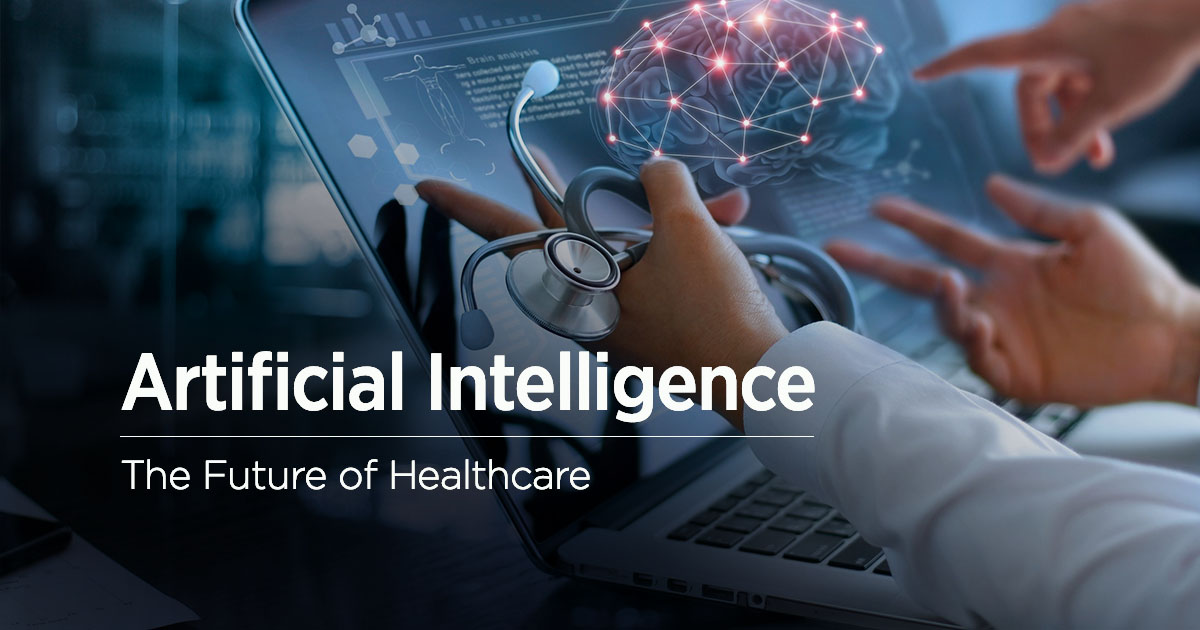
Certificate Course in
Artificial Intelligence for Healthcare

Syllabus Link: AI for Healthcare Syllabus
- Teacher: Admin User

Certificate Course in
Artificial Intelligence for Healthcare

Syllabus Link: AI for Healthcare Syllabus
Data Science Using Python Submission course is a course for performing submission of ITL604 Lab for AY 2022-23 Batch of IT Department.


Mini Project – 1 A for Front end/back end Application using JAVA

Computer programming Paradigms Lab

SQL Lab
Lab Objectives:
The Lab experiments aims:

Data Structures Lab
Lab Objectives:
The Lab experiments aims:

Paradigms and Computer Programming Fundamentals
Course Objectives:
The course aims:

Principle of Communication
Course Objectives:
The course aims:

Database Management System
Course Objectives:
The course aims:
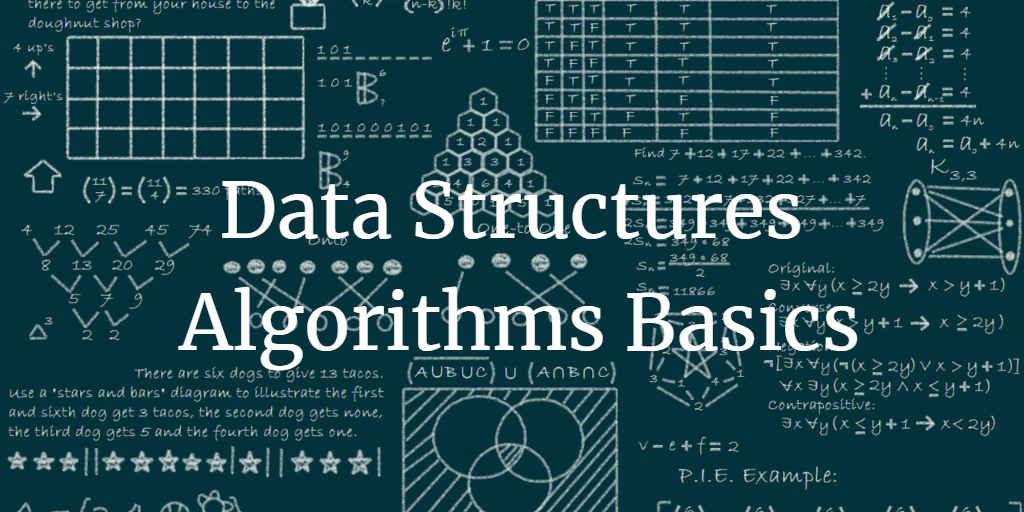
Course Objectives:
The course aims:

Course Objectives:

Course Outcomes: On successful completion, of course, learner/student will be able to:

Objectives: The course is aimed
1. To familiarize with the Laplace Transform, Inverse Laplace Transform of various functions, its applications.
2. To acquaint with the concept of Fourier Series, its complex form and enhance the problem solving skills
3. To familiarize with the concept of complex variables, C-R equations with applications.
4. To study the application of the knowledge of matrices and numerical methods in complex engineering problems.
Outcomes: On successful completion of course learner/student will be able to:
1. Apply the concept of Laplace transform to solve the real integrals in engineering problems.
2. Apply the concept of inverse Laplace transform of various functions in engineering problems.
3. Expand the periodic function by using Fourier series for real life problems and complex engineering problems.
4. Find orthogonal trajectories and analytic function by using basic concepts of complex variable theory.
5. Apply Matrix algebra to solve the engineering problems.
6. Solve Partial differential equations by applying numerical solution and analytical methods for one dimensional heat and wave equations.

Course Outcomes: On successful completion, of course, learner/student will be able to:

It was decided to adopt Moodle 4.1 LMS as part of teaching learning process during AY 22-23 ODD semester for second year semester 3 classes, all branches. A workshop in online mode was conducted on 23rd July 2022, by Prof. A S Kunte 02:30 PM to 04:00 PM.
The objective of workshop was to cover following points:
This
Data Science with Python Lab Write up Submission Course

This is Course page for Unix Lab Ay 23-24

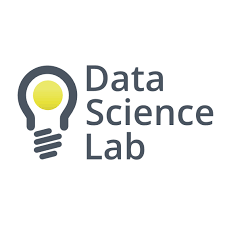
The course has Six modules namely:
The Lab involves Completion of above said practical sessions During ODD SEM. We have organised this course to contain 6 Modules that need to completed each week by all batches and write ups need to be submitted in written or typed format as asked in assignments in every Module.

During these courses we :

Java Lab (SBL)
Lab Objectives:
The Lab experiments aims:
This is course for Carry On students
DS Lab Submission for Carry On students AY 24-25
The Lab experiments aims:
Sr. No. Lab Objectives
1 Open Source Tools for Web Analytics and Semantic Web.
2 Programming in TypeScript for designing Web Applications.
3 AngularJS Framework for Single Page Web Applications.
4 AJAX for Rich Internet Applications.
5 REST API and MongoDB for Front end and Back end Connectivity.
6 Flask Framework for building web applications.
The Lab experiments aims:

This is Unix Lab Course to be offered to SE IT Sem IV during AY 24 25.
This is Course for Computer Programming Paradigms Lab Work


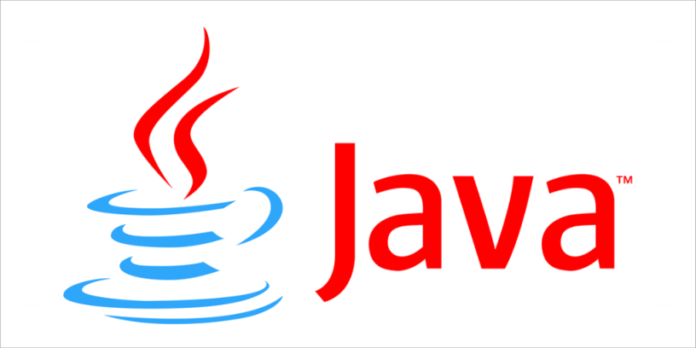

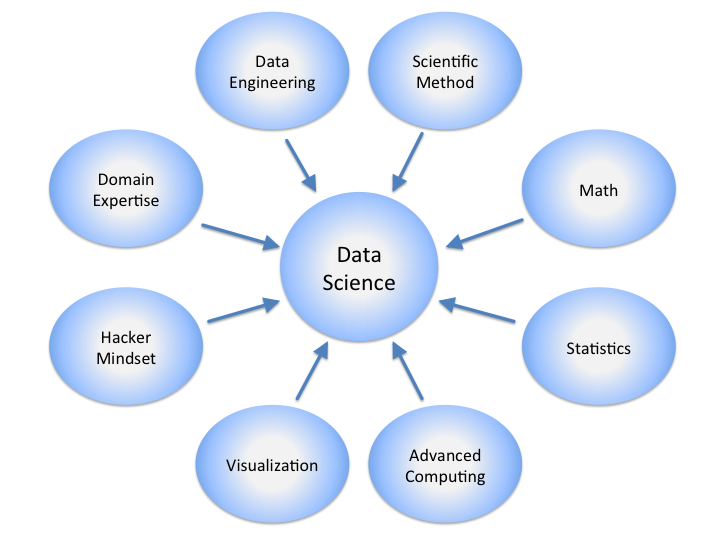


This course is offered as compulsory Lab course during BE IT 25-26 ODD Semester.
It has a weekly contact period of 2 hours. There are 6 modules in the course and 10 experiment submission during the course.